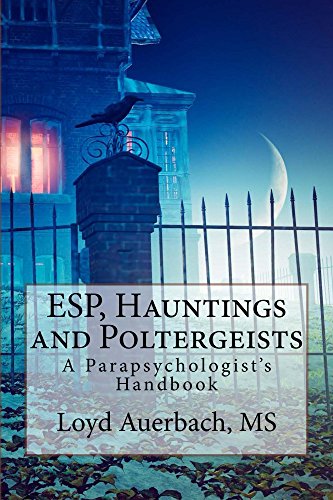How about a somewhat odd topic? ELEMENTALS. In our current Western Culture, we tend to think that all paranormal experiences or contacts are with residual energies from past events or the disembodied souls/spirits of the dead. But, I've always been interested in older and more diverse theories describing beings or energies other than the dead.
I'm going to be borrowing from this wikipedia page. Feel free to go read it, if you are interested:
The idea of elementals is often described in occult and alchemical writings originating during the European Renaissance. An interesting fellow named Paracelsus wrote about them in the 16th century, and many writers and philosophers followed up on his theories with variations and extensions of their own.
 |
| Undine Rising from the Water |
Paracelsus is drawing on a number of much older traditions, but he is building something expanded and new upon the foundation that came before.
"The elements of earth, water, air, and fire, were classed as the fundamental building blocks of nature. This system prevailed in the Classical world and was highly influential in medieval natural philosophy...The homunculus is another example of a Paracelsian idea with roots in earlier alchemical, scientific, and folklore traditions."
"He noted that undines are similar to humans in size, while sylphs are rougher, coarser, longer, and stronger. Gnomes are short, while salamanders are long, narrow, and lean. The elementals are said to be able to move through their own elements as human beings move through air. Gnomes, for example, can move through rocks, walls, and soil. Sylphs are the closest to humans in his conception because they move through air like we do, while in fire they burn, in water they drown, and in earth, they get stuck. Paracelsus states that each one stays healthy in its particular "chaos," as he terms it, but dies in the others."
You can get more details from the article, or hunt down some of the sources cited by the article.
I suppose what interests me about this topic, is Ghost Vigil went on an investigation in southern Missouri some years ago, where a man living in the woods was plagued by what he described as "elementals" or "salamanders." He used both terms, interchangeably. And we had at least one other investigation back then, where elementals were blamed by our client for the paranormal experiences they were having.
For me, it is a reminder that we don't have a perfect (or even a good) understanding of all of the mechanisms at work in the paranormal field. And cutting your learning and explorations short at "dead people" is selling yourself short. There is more out there than we understand, or possibly even comprehend.






